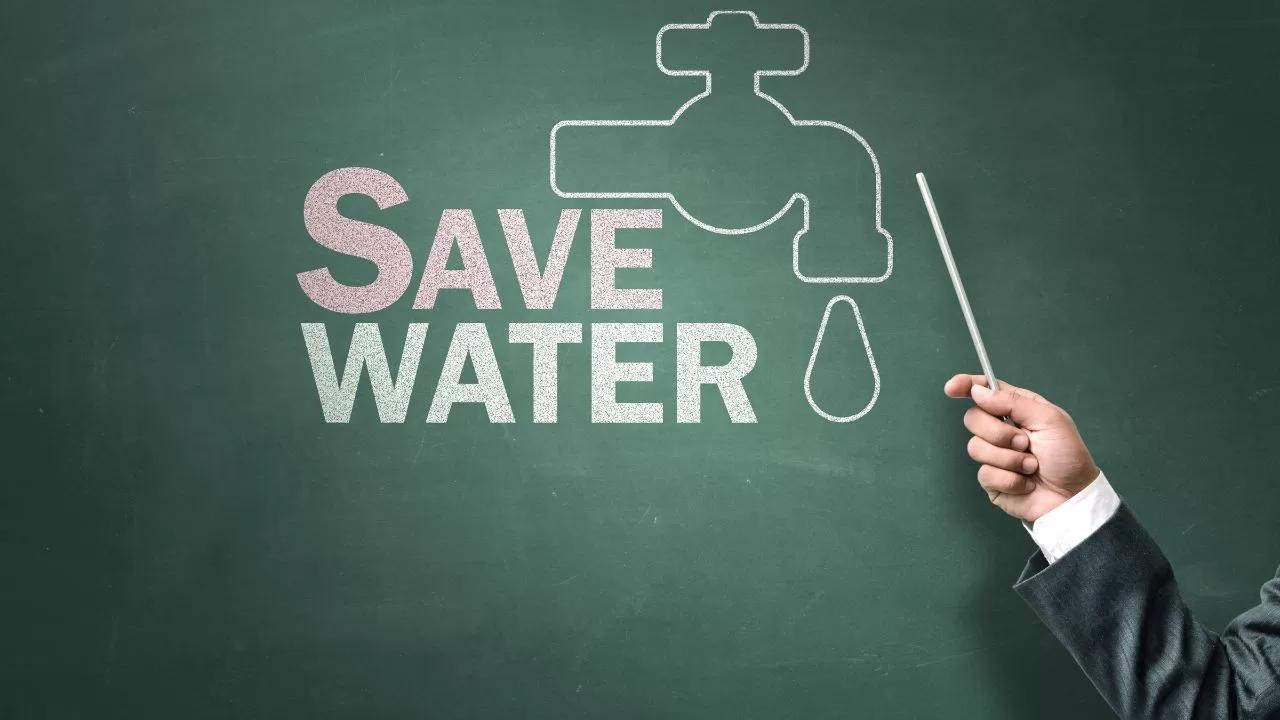Water might seem like it’s always there when you turn on the tap, but in reality, it’s a limited resource. And with rising utility bills, every drop counts more than ever. If you’re wondering how to save water at home without turning your daily routine upside down, this guide walks you through 14 practical tips that actually work.
From small habit changes to home upgrades, these methods are simple to follow, easy on your budget, and better for the planet too.
Why Bother Saving Water?
It’s easy to overlook how much water we use until the bill arrives—or worse, until restrictions kick in during a drought. The truth is, conserving water helps in more ways than one. It reduces your environmental impact, lowers your household expenses, and ensures there’s enough to go around for future generations.
And you don’t need fancy equipment or hours of effort. With a few adjustments, you can start saving water today.
1. Don’t Let the Tap Run
Most of us are guilty of letting the water flow while brushing our teeth or washing our face. But those extra seconds can add up. If you’re brushing for two minutes twice a day with the water on, that’s over 20 gallons gone each week. Just turning off the tap while you scrub can make a difference.
2. Stop Leaks Early
One dripping faucet might not seem like a big deal. But left unfixed, it could waste hundreds—or even thousands—of gallons in a year. The same goes for running toilets. If something seems off, take a closer look or call someone in. Catching a leak early saves water and money.
3. Switch to Efficient Appliances
Newer dishwashers and washing machines are built to do more with less. If yours are over 10 years old, it may be time to upgrade. Look for models that are labeled as water-efficient. Not only do they save water, they often use less energy too.
4. Use Low-Flow Fixtures
Low-flow showerheads and faucet aerators aren’t fancy, but they do the job. They reduce how much water comes out without ruining water pressure. Most models are inexpensive, easy to install, and start saving you money from the first use.
5. Keep Showers Short and Simple
There’s nothing wrong with a relaxing shower, but long ones use a surprising amount of water. Try setting a timer or using music to track your time. Even cutting back by a couple of minutes can make a noticeable dent in your water use.
6. Wait for Full Loads
Running half-empty loads in the dishwasher or washing machine is a fast way to waste water. Wait until you’ve got a full load before pressing start. It’s more efficient and gets the most out of each cycle.
7. Catch and Reuse Rainwater
If you have outdoor space, collect rainwater in a barrel. You can use it to water plants, clean outdoor areas, or rinse off garden tools. It’s a simple way to reduce your reliance on tap water.
8. Time Your Watering Right
When you water your garden makes a difference. Doing it early in the morning or late in the evening helps reduce evaporation. Midday heat can cause much of the water to disappear before it even reaches the roots.
9. Use Plants That Need Less Water
Drought-tolerant plants don’t just survive with less—they often thrive. Native species are adapted to your area’s weather and usually need less care overall. They’re a smart choice if you want a low-maintenance, water-saving garden.
10. Keep Your Soil Covered
Adding mulch to your garden beds locks in moisture and keeps weeds down. That means less watering and less work. Organic mulch also improves the health of your soil over time, which helps plants grow stronger.
11. Skip the Hose When You Can
Using a hose to clean the driveway or sidewalk can waste gallons fast. Grab a broom instead—it gets the job done just as well in most cases, and you won’t be wasting clean water on dirt.
12. Upgrade to a Dual-Flush Toilet
Toilets are one of the top water users in any home. A dual-flush toilet gives you two flushing options—one for liquids, one for solids—so you can use less water when you don’t need a full flush.
13. Get Everyone on Board
Saving water works best when it’s a team effort. Talk to your family about easy ways to cut back. Encourage kids to turn off taps and keep showers short. Little changes across the household can lead to big savings.
14. Keep an Eye on Your Bill
Your water bill can tell you more than just what you owe. If it jumps up unexpectedly, that might mean there’s a leak somewhere or that something’s being overused. Monitoring your usage helps you spot problems before they grow.
Other Water-Saving Features to Try
If you’re ready to go beyond the basics, there are a few extra steps you can take:
- Install smart irrigation controls that adjust based on weather.
- Use greywater systems to recycle water from sinks and laundry.
- Try leak detection devices that alert you early.
These additions can cut water use further and add value to your home.
Final Thoughts
Conserving water isn’t about big sacrifices. It’s about being aware and making smart choices. You don’t need to change everything at once. Even one or two adjustments can lead to noticeable results over time.
Start by fixing that leaky tap or turning off the faucet when you brush. Then move on to things like upgrading appliances or collecting rainwater. Each step brings you closer to a home that uses water more wisely—and saves you money in the process.
Want More Tips?
Looking for more ways to save water, energy, or money at home? Stay tuned to our blog for fresh ideas, practical guides, and easy-to-follow checklists.






